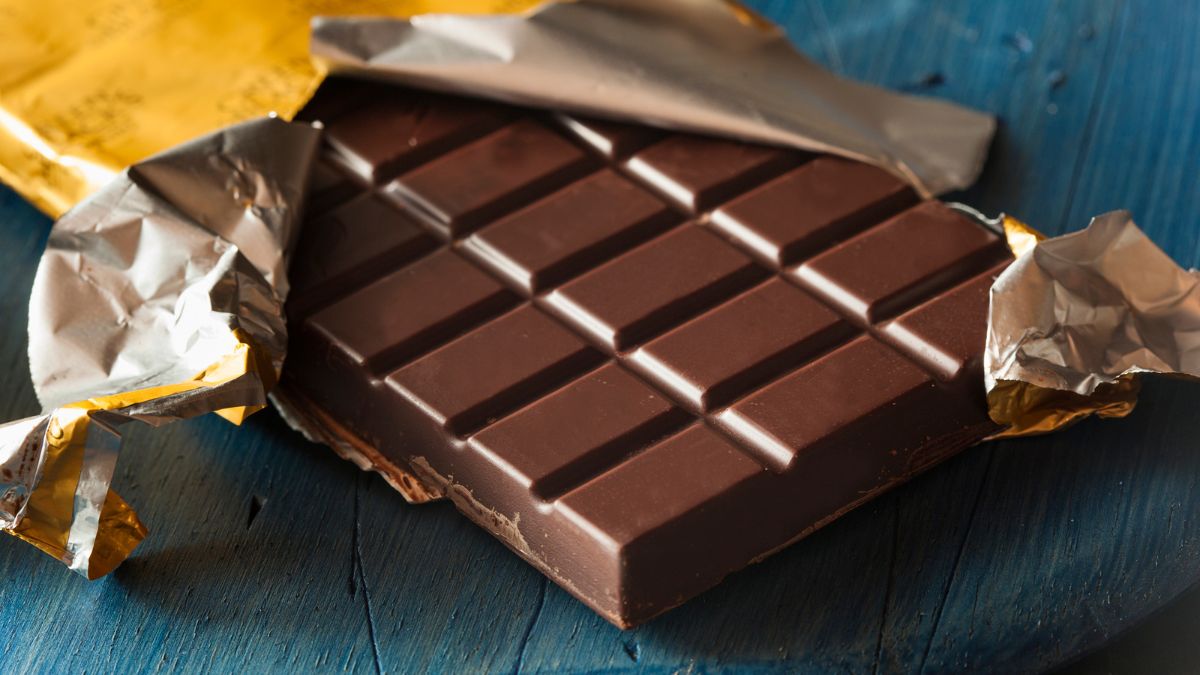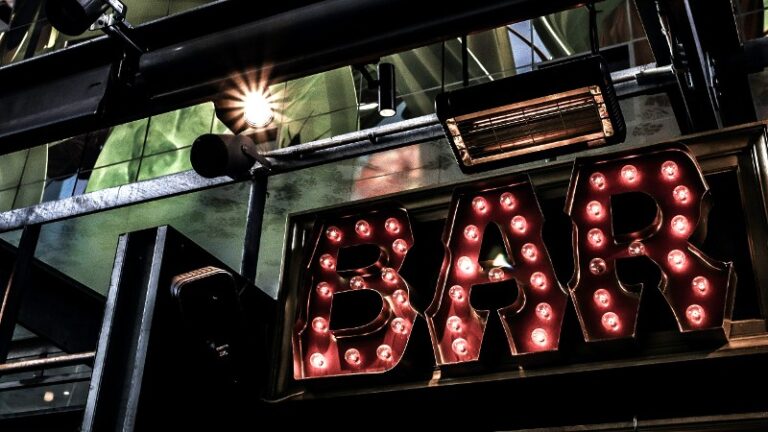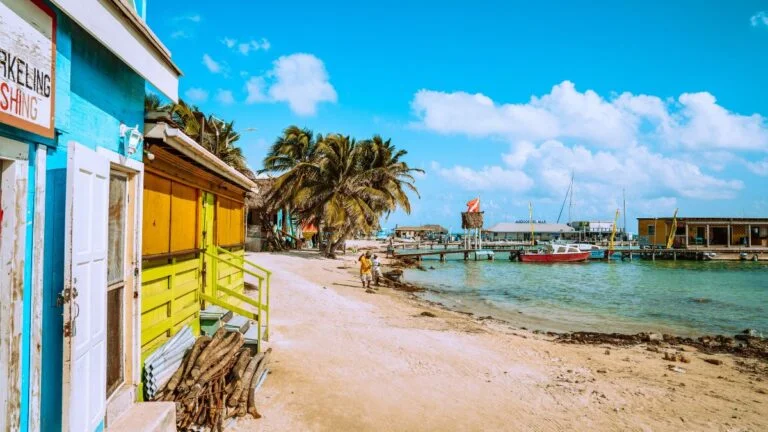How To Transport Chocolates On A Flight Without Melting?

As participants in Amazon Associates and other programs, we earn from qualifying purchases. This comes at no additional cost to you. For more details, see our Affiliate Disclosure.
For many, chocolates are more than just a sweet treat; they’re a symbol of love, appreciation, or a cherished memory from a distant land. Transporting these delicate morsels via air travel can be a challenge, as varying temperatures and pressure changes threaten their pristine state. Whether you’re bringing back a special souvenir or carrying a gift for a loved one, ensuring your chocolates remain unmelted and intact is paramount. This article offers invaluable tips to keep your sweet cargo safe during your flight.
HIGHLIGHTS
- Traveling with chocolates during cooler months is more favorable due to consistent and cooler cabin temperatures.
- Insulated packaging and barriers are crucial to protect chocolates from moisture, odors, and temperature fluctuations during flights.
- Dark chocolate, with its higher melting point, is the most travel-resilient type, while filled chocolates require extra caution.
- Post-flight, chocolates should be allowed to gradually come to room temperature to avoid condensation and potential sugar bloom.
How Do You Bring Chocolate On A Plane Without It Melting?
Chocolate is a delightful treat that many travelers wish to bring back from their journeys or take with them as gifts. However, the challenge lies in ensuring these tasty mementos don’t melt during the flight.
Firstly, it’s wise to opt for high-quality chocolate. Such chocolates, especially those rich in cocoa, tend to be more resilient against melting compared to their milk chocolate counterparts.
Before embarking on your journey, chill the chocolate in the refrigerator for a few hours. This solidifies it, prepping it for the trip ahead. Remember to avoid the freezer though; extreme temperature shifts can compromise the texture and appearance of the chocolate.
When packing, leverage insulated packaging. Inserting your chocolate into an insulated lunch bag or cooler can help maintain its temperature. For those longer flights or if you’re venturing to warmer destinations, including a cold pack can be a game-changer.
However, it’s essential to wrap the cold pack in cloth or paper towels to prevent direct contact and potential condensation. Lastly, when on the plane, store your chocolate-packed bag under the seat in front of you instead of the overhead compartments.
The cabin’s floor is typically cooler, giving your sweet treasures an added layer of protection. Safe travels and even safer chocolate transportation!
Will Chocolate Melt In My Suitcase On The Plane?
The question of whether chocolate will melt in your suitcase during a flight has a few factors at play. Generally, the cargo hold of an airplane, where checked luggage is stored, is pressurized and climate-controlled, similar to the passenger cabin. This means that, for most of the flight, temperatures in the cargo area remain relatively cool, reducing the risk of your chocolate melting.
However, potential issues arise during ground handling. Suitcases can be left on tarmac or loading areas under direct sunlight for extended periods, especially during delays, and this can expose your luggage to higher temperatures. If you’re traveling to or from destinations with warm or hot climates, the risk is even higher during these times.
Additionally, consider the type of chocolate. Dark chocolates with higher cocoa content generally have a higher melting point than milk or white chocolates. Therefore, they’re slightly more resilient to heat.
If you’re especially concerned about your chocolate, you might consider packing it in your carry-on instead of a checked bag. This allows you to manage its environment better, as you can ensure it stays with you in the temperature-controlled cabin and you can monitor any direct sunlight exposure during layovers or while waiting to board.
Alternatively, using insulated packaging or thermal bags in your checked luggage can also provide an extra layer of protection against potential melting.
How Do You Ensure Safe Chocolate Transportation On A Flight?
Ensuring safe chocolate transportation on a flight is all about managing temperature and preventing damage. The integrity of your chocolate relies on thoughtful packing and understanding the flight environment.
- Type of Chocolate: Dark chocolates with higher cocoa content tend to have a higher melting point compared to milk or white chocolates. Selecting chocolates that are more resilient can be beneficial for travel.
- Insulated Packaging: Invest in insulated lunch bags or thermal bags. These help maintain a stable temperature for the chocolate, shielding it from sudden temperature changes.
- Cold Packs: For long flights or when traveling to warmer destinations, adding a cold pack within your insulated bag helps. Always wrap the cold pack in a cloth or paper towels to avoid direct contact and to absorb any condensation.
- Avoid Overhead Bins: If you’re carrying your chocolate in a handbag, it’s better to store it under the seat in front of you, as the cabin floor tends to be cooler than the overhead compartments.
- Chill Beforehand: Refrigerate your chocolate for a few hours before your journey. This step helps solidify the chocolate, making it less prone to melting during any short periods of warmth.
- Monitor Ground Handling: Remember that while the in-flight environment is climate-controlled, there can be extended periods on the tarmac or in loading areas where luggage is exposed to heat. Monitoring this and being aware can inform better packing decisions.
What Precautions Should I Take Before Boarding With Chocolates?
Before boarding a flight with chocolates, some essential precautions can ensure they remain in perfect condition throughout the journey.
- Chilling: Begin by placing the chocolates in the refrigerator for a few hours. This hardens the chocolate and reduces its vulnerability to brief exposure to warmer temperatures. However, avoid freezing as it can lead to sugar bloom, where sugar crystals rise to the surface and affect the texture and appearance of the chocolate.
- Insulation: Use insulated packaging. An insulated lunch bag or thermal pouch is ideal for holding the chocolates. If you anticipate prolonged exposure to warmth or have a particularly long flight, you might also want to include a cold pack. Always remember to wrap the cold pack in a cloth or paper towel to prevent condensation.
- Tight Packing: Ensure that the chocolates are packed tightly so that they don’t move around in the packaging. Movement can lead to breakage or damage, especially if the chocolates have delicate designs or structures.
- Layering: Place the chocolates in the middle of your luggage or carry-on. Surrounding the chocolate with other items can act as an added layer of insulation against temperature changes.
- Avoid Direct Sunlight: If you’re waiting in an area with direct sunlight before boarding, especially during layovers, keep the chocolates shielded. Sunlight can quickly raise the temperature inside bags, increasing the risk of melting.
- Inquire About Special Handling: If you’re carrying an especially valuable or large quantity of chocolate, it might be worth asking the airline staff if they can offer any special handling or storage during the flight.
By taking these precautions, you substantially increase the chances of your chocolates reaching their destination in pristine condition.
Choosing The Right Packaging: Barrier And Insulation
Choosing the right packaging for transporting chocolates on a flight is pivotal in preserving their quality and ensuring they arrive at the destination unmelted. Packaging serves two primary functions: acting as a barrier to external elements and providing insulation to regulate temperature. Let’s delve into both aspects.
Barrier
The packaging must protect chocolates from a variety of external factors:
- Moisture: Chocolates are hygroscopic, meaning they can absorb moisture from the environment, which can lead to a dull appearance or even sugar bloom. A moisture-resistant packaging like sealed plastic bags or vacuum-sealed pouches can be beneficial.
- Odors: Chocolates can absorb strong odors, especially from items commonly found in luggage like perfumes, toiletries, or certain foods. Using airtight containers or bags can help prevent this.
- Physical Damage: Especially for delicate or intricately designed chocolates, it’s essential to have packaging that can absorb shock or prevent crushing. Boxes with individual compartments or cushioned wrappers can be useful.
Insulation
Maintaining a stable temperature is crucial to prevent melting:
- Thermal Bags or Coolers: These are designed to maintain a consistent temperature inside, regardless of external conditions. They can be particularly handy for longer flights or when you’re unsure of the conditions your luggage might face.
- Cold Packs: Within insulated bags, cold packs can help keep temperatures low for extended periods. Always ensure they’re wrapped in cloth or paper towels to avoid direct contact with the chocolates and manage condensation.
- Bubble Wrap or Foam Inserts: These materials provide an additional layer of insulation and can be particularly useful if you don’t have access to thermal bags. Wrapping chocolates or their box in bubble wrap or placing them amidst foam inserts can buffer against temperature fluctuations and physical jolts.
When transporting chocolates, it’s not just about the aesthetic or design of the packaging. It’s about functionality and ensuring the chocolates remain in prime condition. Investing in proper barrier and insulation methods can make all the difference in delivering chocolates safely to their destination.
The Ideal Travel Chocolates: Types And Temperatures
Transporting chocolates can be a tricky affair given their sensitivity to temperature and environmental conditions. If you’re considering traveling with chocolates, it’s essential to understand the best types to transport and the temperatures they require:
Types of Chocolates
Dark Chocolate: Made from cocoa solids and cocoa butter, dark chocolate generally contains fewer dairy products than milk or white chocolate. This composition means it has a higher melting point, ranging between 86°F to 90°F (30°C to 32°C). Its sturdiness makes it an ideal travel companion.
Milk Chocolate: A popular choice for many, milk chocolate contains milk powder, milk solids, or condensed milk in addition to cocoa. Its melting point is slightly lower than dark chocolate, typically around 84°F to 86°F (29°C to 30°C). While it’s slightly more vulnerable to heat, with careful packaging, it can travel reasonably well.
White Chocolate: Containing cocoa butter, sugar, and milk solids, white chocolate lacks the cocoa solids found in dark and milk chocolates. It has a similar melting point to milk chocolate but can be more sensitive to other environmental factors due to its high sugar content.
Filled or Specialty Chocolates: These chocolates contain various fillings such as caramel, fruit purees, or liqueurs. Their travel resilience depends on both the outer chocolate shell and the stability of the filling inside. Generally, these require more cautious handling and packing.
Temperature Considerations
Stability: Chocolates, especially high-quality ones, are tempered. This means they’ve undergone a process that stabilizes the cocoa butter crystals, giving them a glossy appearance and smooth texture. When exposed to heat and then cooled, they can lose this tempering, which might lead to a grainy texture or a dull appearance.
Avoiding Extremes: While it’s important to prevent chocolates from melting, it’s equally vital to ensure they don’t freeze. Extreme cold can cause sugar or fat bloom, where sugar or fat rises to the chocolate’s surface, leaving white specks or a grayish film.
Consistency: Rapid fluctuations in temperature can be damaging. Maintaining a consistent, cool environment is key. If possible, aim to store chocolates between 65°F to 68°F (18°C to 20°C) with low humidity.
In essence, when traveling with chocolates, it’s crucial to select varieties that can handle the journey and maintain the right temperature conditions. With a little foresight and understanding of the chocolates in question, one can ensure they reach their destination in the best possible condition.
In-flight Tips: Optimal Cabin Storage And Monitoring
When flying with chocolates, the way you handle and store them in the cabin can make a significant difference in preserving their quality. Here are some in-flight tips to ensure optimal cabin storage and monitoring of your precious cargo:
- Under the Seat: Preferably, store your chocolates under the seat in front of you rather than the overhead bin. The floor area tends to be cooler, given its proximity to the outside, while overhead compartments can sometimes get warmer, especially during long flights.
- Avoid Sunlight: If you have a window seat, make sure your bag containing the chocolates isn’t exposed to direct sunlight through the window. Sunlight can quickly raise temperatures inside the bag, increasing the risk of the chocolates melting.
- Insulated Bags: Even within the cabin, an insulated bag can be a boon. It will help maintain a stable temperature for your chocolates and shield them from any cabin temperature fluctuations. If you know the flight might be warm, or you’re particularly concerned, you can add a previously chilled (not frozen) gel pack inside.
- Check Regularly: Especially on longer flights, you might want to occasionally check on your chocolates. Just a quick touch to the packaging can give you an idea if they’re getting too warm or if there’s any issue.
- Hydration and Humidity: Cabin air is notoriously dry, but remember that chocolates can be sensitive to humidity changes. If you open the package to consume some chocolates, try to do it quickly and seal it back efficiently. This will prevent potential moisture or humidity-related issues like sugar bloom.
- Liaise with Cabin Crew: If you’re very concerned about your chocolates, don’t hesitate to communicate with the cabin crew. Sometimes, they might have suggestions or could offer to store them in a cooler area, especially if the chocolates have high sentimental or monetary value.
- Travel During Cooler Months: If possible and if you’re especially concerned, consider traveling with chocolates during cooler months. Cabin temperatures can be more consistent and tend to be cooler during these times.
By taking these precautions and being proactive in monitoring your chocolates during the flight, you can ensure they arrive at your destination in optimal condition.
Post-flight Care: Avoiding Condensation And Safe Unpacking
After your flight, the way you handle your chocolates continues to be of utmost importance, especially as the conditions they’ve been subjected to during transit may vary. Condensation is one of the biggest concerns post-flight. As you may know, when cool chocolate is exposed to warmer, humid air, condensation can form on its surface. This moisture can lead to a dull appearance, sugar bloom, or even compromise the taste and texture of the chocolate.
Upon landing, resist the temptation to immediately check on your chocolates, especially if they’ve been stored in a cool environment and the destination is warm. Give the chocolates time to gradually come to room temperature in their insulated packaging. A sudden exposure to warm air can lead to swift condensation. Ideally, you’d want to wait a few hours or even overnight, depending on the temperature difference.
When you finally unpack the chocolates, do so in a cool and dry place, away from direct sunlight or other heat sources. Ensure your hands are dry too, as even the slightest moisture can affect the chocolates. If you notice any signs of condensation on the packaging, leave it to air out a bit before fully unpacking.
Lastly, if you’ve brought back a significant amount of chocolate or intend to consume it over an extended period, consider proper storage solutions. An airtight container in a cool, dark cupboard can be ideal. Remember, while refrigeration can prolong the life of chocolates, it can also lead to sugar bloom if not done correctly. If you must refrigerate, ensure the chocolates are in a sealed bag or container, and allow them to come to room temperature before opening to avoid condensation.
In essence, the journey doesn’t end once you’ve landed; ensuring proper post-flight care can make all the difference in preserving the quality of your transported chocolates.






